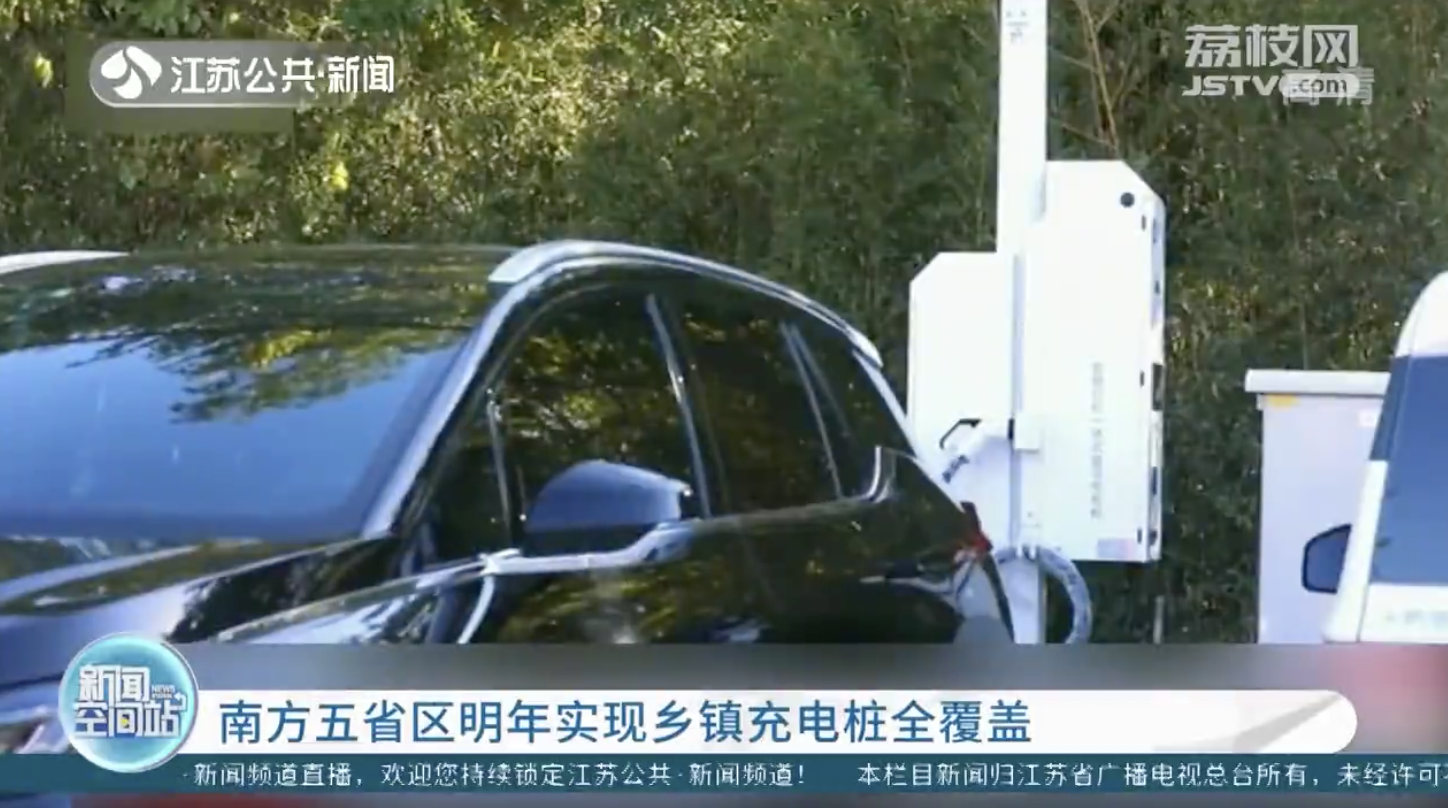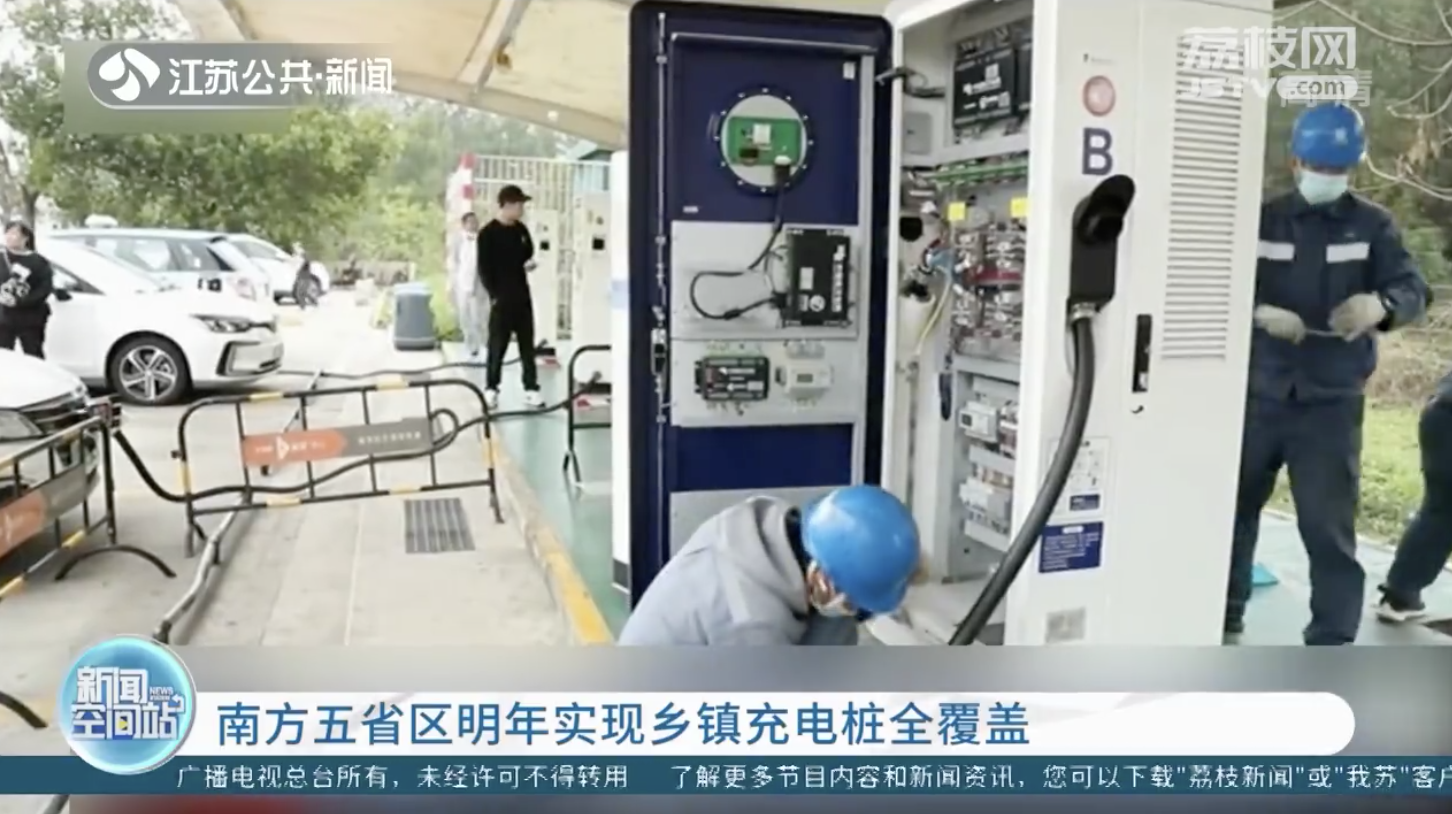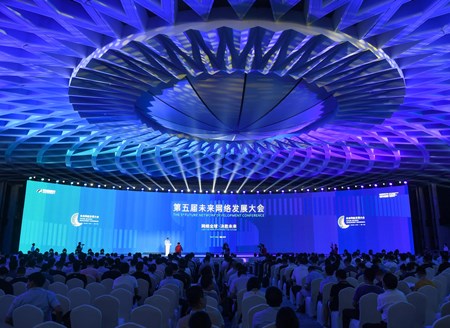China Southern Power Grid will invest 10 billion yuan during the "14th Five-Year Plan" period to promote the construction of charging facilities in Guangdong, Guangxi, Yunnan, Guizhou and Hainan with charging piles to cover all the townships in the five provinces by the end of next year.

Guangdong, Guangxi, Yunnan, Guizhou, and Hainan have installed charging piles in 4,000 townships, and about 2,000 townships do not have any charging facilities.
Guangdong is expected to install charging piles in all townships in the first half of this year. Guizhou will strive to install charging piles at 5A scenic spots and expressway service areas. Guangxi will ensure the installation of large centralized charging stations in each county.
China will further boost charging services for electric vehicles to meet the demand of 20 million such vehicles by 2025, according to a guideline published on Jan 21 by the National Development and Reform Commission and nine other central government departments.
The country will move faster to put in place a smart, efficient, well-balanced and moderately advanced network of battery charging facilities, according to the document that stressed the need for efforts to accelerate the construction and installation of charging facilities in residential areas, improve battery charging and swapping capabilities in urban and rural areas, step up the development and application of new technologies, and add more expressways to the rapid charging network.
All fixed parking spaces in new residential districts will be equipped with or reserve room for charging facilities.
By 2025, no less than 60 percent of expressway service areas in the country will have rapid charging stations, and no less than 80 percent of national ecological civilization pilot zones and key areas for air pollution prevention and control will be similarly equipped.

China will also strengthen maintenance and internet services for charging facilities, ensure solid work in grid construction and energy supply, boost quality and safety supervision, and increase fiscal and financial support.
The guideline emphasized the construction of a charging facility network in rural areas. As part of the country's rural vitalization efforts, China expects to equip all counties with charging stations and all villages with charging piles.
China has so far built some 810,000 public charging piles, but over 70 percent of them are in regions such as Guangdong and Shanghai, which have a relatively high number of piles, while many counties and villages are still short of charging infrastructure.
Last year, sales of new energy vehicles in China surged approximately 160 percent year on year to 3.52 million units, and the new energy vehicle market share has increased to 13.4 percent, data from the China Association of Automobile Manufacturers shows.





